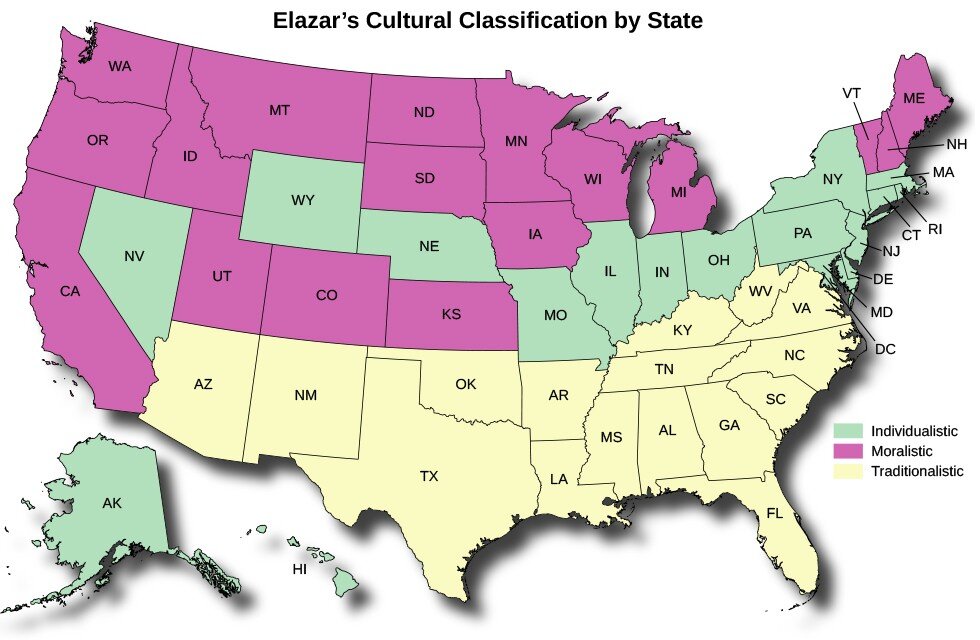The conversation about in-person schooling has shifted substantially in the past few months. While experts have been emphasizing the importance of in-person learning for young children for nearly a year now, public worries about COVID-19 have kept many children out of the classroom. Only now, with vaccination becoming available for teachers, are many school districts in Ohio reopening for in-person learning.
What will be the legacy of 2020’s “lost year” of education? My firm conducted an analysis last year that suggested that future earnings losses for students could number in the range of tens of billions of dollars as this year of lost human capital is likely to impact productivity down the road.
Part of the story that can be lost in the shuffle, however, is the disparate impact of lost school time for children. Much of our social safety net depends on services provided by schools, and early on in the pandemic many worried about the impact that loss of free and reduced lunch would have on children’s development.
Uneven distribution of the impact of lost school time doesn’t end at safety net features. Children from different families in 2020 had different levels of access to in-home care. A study conducted by my firm last year suggested that housework and parenting amounts to about $75 billion of unpaid work per year. This is not including the downstream benefits of higher incomes, better health outcomes, and reduced crime from children who receive adequate care at a young age at home.
These benefits do not accrue to rich and poor families equally. Families that had the flexibility to work from home or to spare an adult for part- or full-time parenting will provide children with more of the individualized attention that leads to long-term success than those with “essential workers” who cannot spare as much time for children.
Beyond attention are simple income effects. A growing body of evidence points to the importance of family financial security in long-term prospects for children. While Congress’s aid packages likely blunted the impact, the steep reductions in income for retail workers in 2020 likely will have impacts on inequality for years to come.
Another dimension that matters is geography. When remote learning is being substituted for in-person learning, access to the internet becomes even more crucial than before in ensuring even a shadow of the in-person educational experience. Superintendents in southeast Ohio in particular were wringing their hands last year as a substantial number of children went for months without interacting with any educators at all.
Many children are still learning from home today, though the vaccination of teachers may create some breathing room and some ability for districts to open their doors to in-person learning once again. If education matters, 2020 is going to have a big impact on children and a substantial impact on disparities between children for years to come.
When all is said and done, some restaurants will close and some will open as the economy rights itself. The scars left on the economy and on the potential of children because of the coronavirus pandemic, however, will persist for decades. We can only imagine, though, how much worse things would be without the economic impact payments and expanded unemployment benefits of the federal relief package, or how much better they would be with more attention paid to Ohio’s children.
This commentary first appeared in the Ohio Capital Journal.


